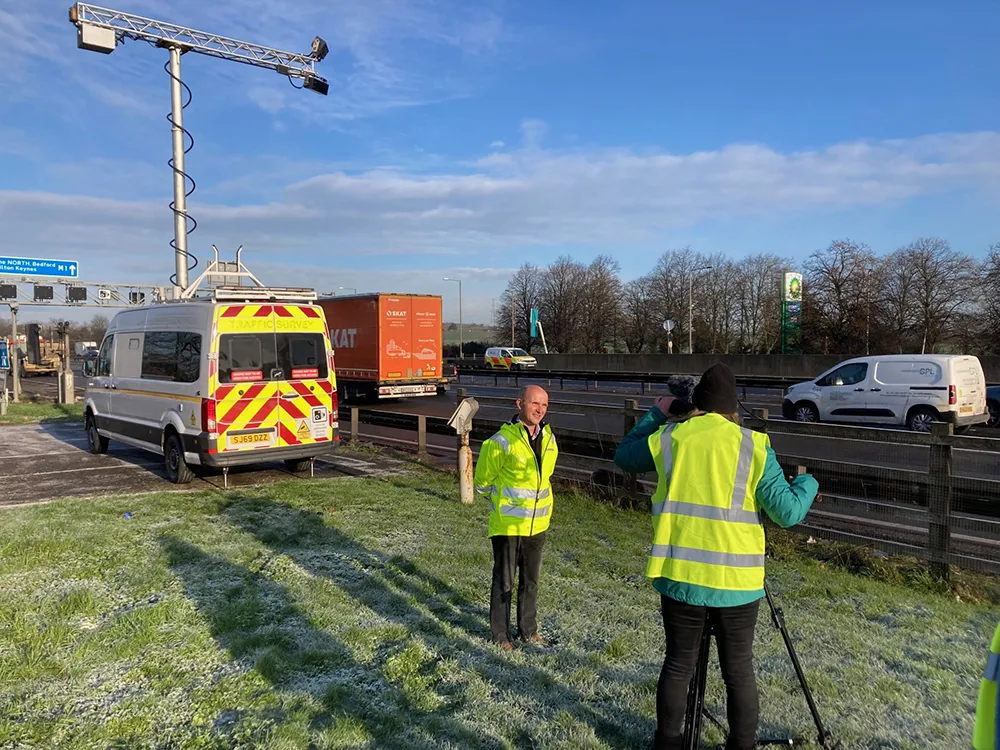With an estimated 15 million stop arm violations in America every year, RedSpeed is offering school bus operators an automated photo enforcement system free of charge.
January 7, 2014
Read time: 2 mins
With an estimated 15 million stop arm violations in America every year, 113 Redspeed International is offering school bus operators an automated photo enforcement system free of charge.
Eight states have enacted legislation authorising the use of stop arm technology with a further 20 expected to do so soon and all states are predicted to have similar regulations within a decade.
As the CrossingShield system is 100% violator funded, RedSpeed can install its turn-key technology without upfront costs. It installs two high resolution cameras, high definition DVR and an ultrasonic detection sensor on each bus providing images showing offending vehicle(s) and the extended stop arm.
The cameras and video are automatically activated when the bus comes to a standstill and the stop arm and amber warning lights are deployed. Should a vehicle pass the stationary bus with arm stop arm extended and warning activated, the sonar sensor triggers a video clip with an embedded system-generated data bar.
The system returns to standby mode when the stop arm is retracted and the warning signals deactivated and on returning to the depot, any videos are automatically downloaded to RedSpeed’s back-office.
Where an enforceable violation has been committed, an electronic evidence pack is sent to law enforcement authorities. Fines associated with stop arm violations range from $150 to $450 with considerably increased penalties for subsequent violations.
These fines are used to pay for the equipment and repeat offenders can face suspension of driving privileges.
Eight states have enacted legislation authorising the use of stop arm technology with a further 20 expected to do so soon and all states are predicted to have similar regulations within a decade.
As the CrossingShield system is 100% violator funded, RedSpeed can install its turn-key technology without upfront costs. It installs two high resolution cameras, high definition DVR and an ultrasonic detection sensor on each bus providing images showing offending vehicle(s) and the extended stop arm.
The cameras and video are automatically activated when the bus comes to a standstill and the stop arm and amber warning lights are deployed. Should a vehicle pass the stationary bus with arm stop arm extended and warning activated, the sonar sensor triggers a video clip with an embedded system-generated data bar.
The system returns to standby mode when the stop arm is retracted and the warning signals deactivated and on returning to the depot, any videos are automatically downloaded to RedSpeed’s back-office.
Where an enforceable violation has been committed, an electronic evidence pack is sent to law enforcement authorities. Fines associated with stop arm violations range from $150 to $450 with considerably increased penalties for subsequent violations.
These fines are used to pay for the equipment and repeat offenders can face suspension of driving privileges.









